Best Postpartum Stretches For Pain, Stiffness and Recovery
Becoming a mom is a life-changing journey—one that brings joy, love, and the excitement of a new chapter. But let’s be real for a moment: while motherhood is beautiful, it can also come with some physical challenges. Your body, having just undergone the monumental task of growing and giving birth to a tiny human, needs time to adjust and recover. You’ve stretched your muscles, joints, and ligaments, and now your body must heal. The road to recovery isn’t always easy, and it can feel like there’s a mountain to climb before you feel like yourself again. But here’s the good news: you don’t have to do it alone.
There are simple, effective ways to help your body bounce back—ways that don’t require anything more than a few minutes of your time each day. So, let’s talk about how you can start feeling better, stronger, and more comfortable with a bit of help from some well-timed postpartum stretches.
Why Postpartum Stretches Matter
After you give birth, your body needs time to heal. Between the sore back, stiff muscles, and changes in your pelvic floor, it’s easy to feel uncomfortable. But postnatal stretching is your friend. It can:
- Relieve pain: Stretching eases tension in areas like your back, neck, and hips.
- Improve flexibility: Your muscles need to regain their flexibility after being stretched and strained during pregnancy.
- Strengthen muscles: Targeting the core and pelvic muscles helps rebuild strength after childbirth.
- Improve circulation: Stretching promotes blood flow, which speeds up the healing process and reduces swelling.
- Reduce stress: Postpartum stretches are a great way to relax, calm your mind, and feel more at ease.
Now, let’s get into the best postpartum stretches that can help you recover faster and feel more comfortable as a new mom.
Top Postpartum Stretches to Try
1. Pelvic Tilts

- Why it helps: This move strengthens your abdominal muscles and helps relieve lower back pain, which is so common postpartum.
- How to do it: You lie on your back, with your knees bent and feet flat on the floor. Tighten your abs, flatten your back against the floor, and tilt your pelvis up slightly. Hold for 10 seconds, then relax. Repeat 10-15 times.
2. Kegel Exercises
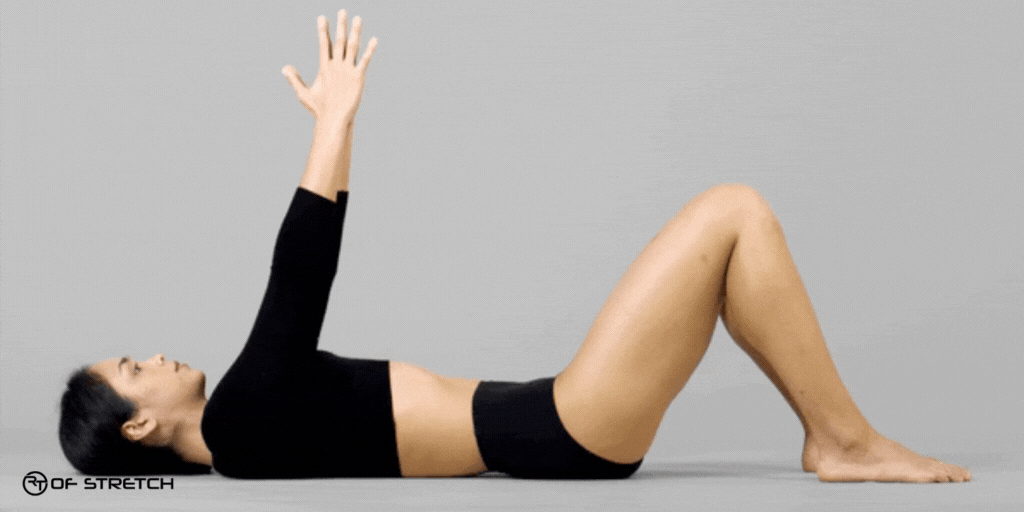
- Why it helps: After birth, your pelvic floor muscles need strengthening. Kegel exercises help tone those muscles and improve bladder control.
- How to do it: Contract the muscles you would use to stop urinating. Hold for 10 seconds, relax for 10 seconds, and repeat 10-15 times. It is an easy one to do whenever you have a free moment!
3. Happy Baby Pose
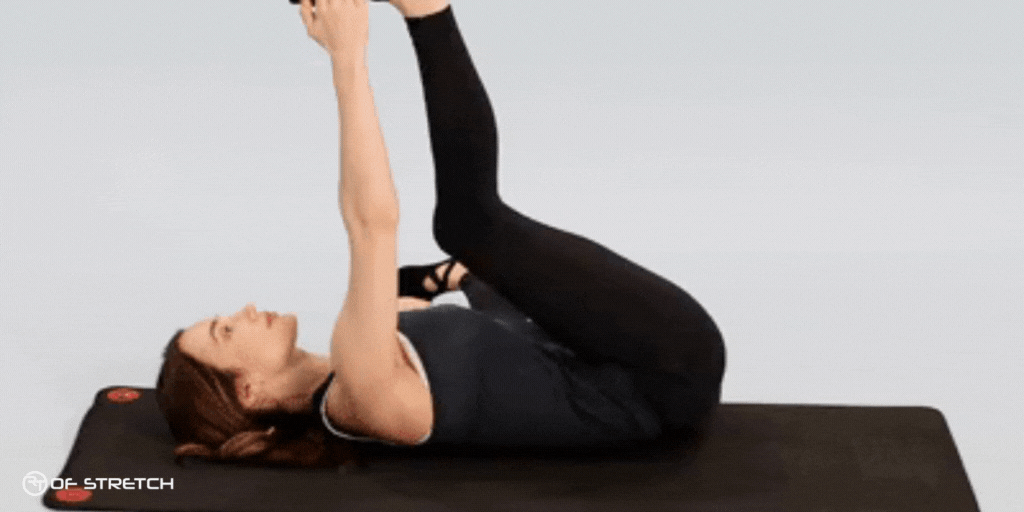
- Why it helps: This stretch targets the pelvic muscles and provides relief for your lower back.
- How to do it: Lie on your back, bring your knees toward your chest, and open your knees wider than your hips. Hold your feet or ankles with your hands and gently pull them towards the floor.
4. Child’s Pose
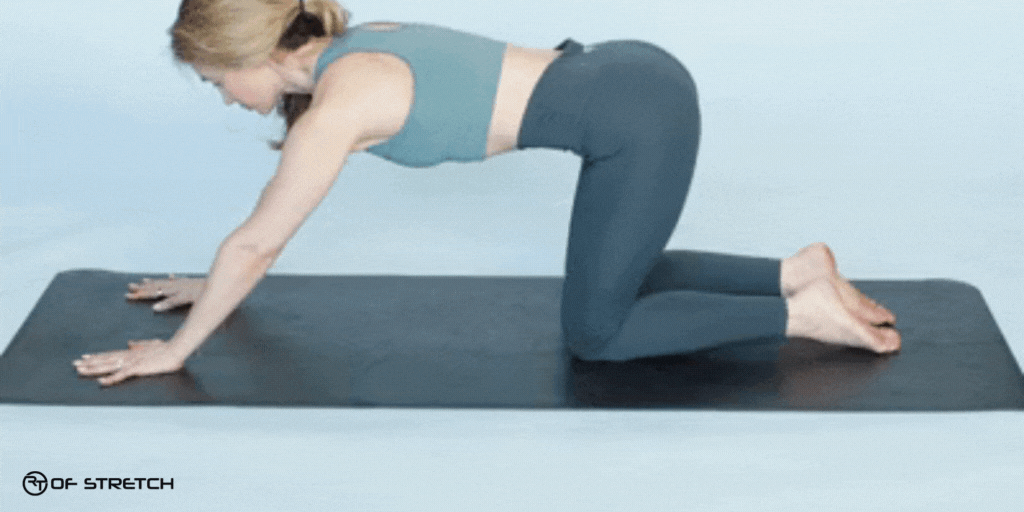
- Why it helps: Child’s Pose is a great way to relax and stretch your hips, glutes, and lower back. It’s soothing for both your body and mind.
- How to do it: Kneel with your feet together and sit back on your heels. Stretch your arms forward, placing your forehead on the floor. Hold for 30 seconds, then relax.
5. Cat-Cow Pose

- Why it helps: This simple movement gently stretches and strengthens your spine.
- How to do it: Start on your hands and knees. Inhale to arch your back (cow pose), then exhale to round it (cat pose). Move slowly between them for 5-10 breaths.
6. Hip Flexor Stretch
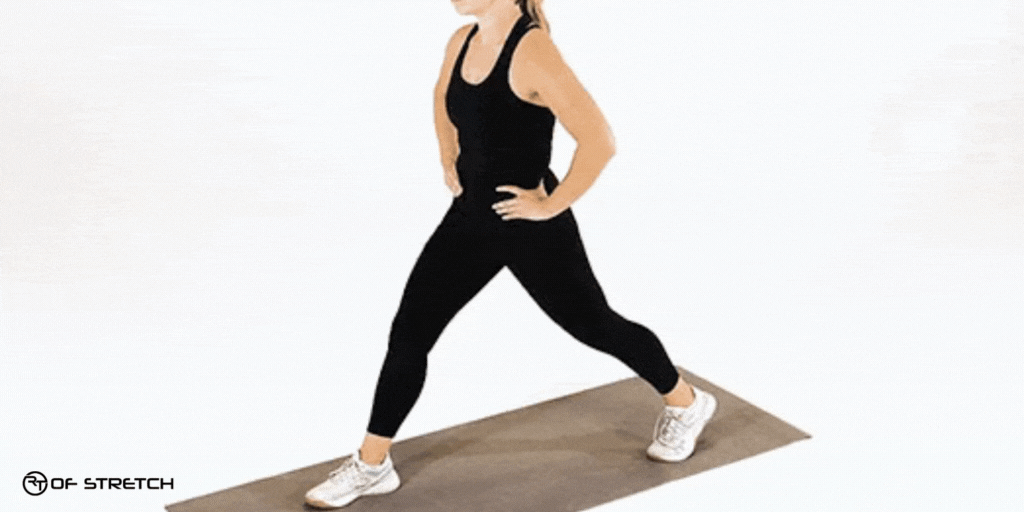
- Why it helps: This stretch is perfect for loosening up tight hip flexors, which often get stiff after childbirth.
- How to do it: Kneel with one knee on the ground and your other foot in front, creating a lunge. Shift your weight forward, tucking your pelvis and stretching the front of your hip. Hold for 30 seconds, then switch sides.
7. Wall Squats
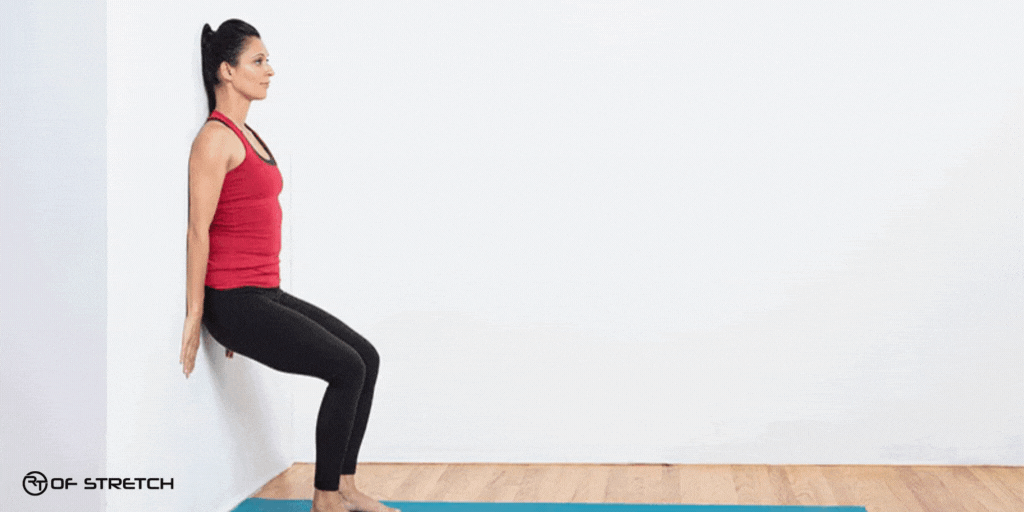
- Why it helps: This stretch strengthens your legs and core, which can weaken after childbirth.
- How to do it: Stand with your back against a wall and lower yourself into a squat until the knees are at a 90-degree angle. Hold for 5-10 seconds, then stand back up. Do this 10-15 times.
8. Neck Stretches
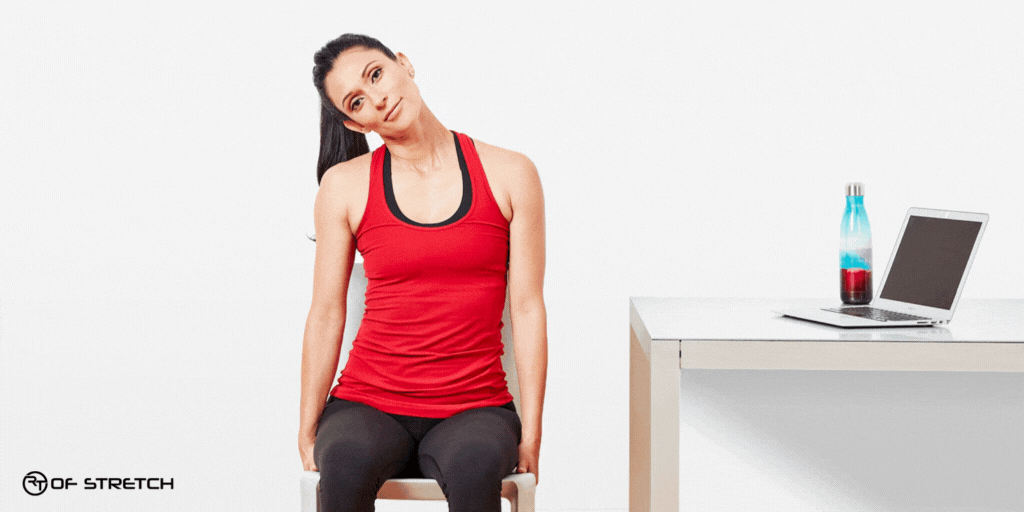
- Why it helps: Tension in your neck and shoulders is common after breastfeeding and carrying your baby. These stretches provide much-needed relief.
- How to do it: Gently tilt your head from side to side and hold for 10-15 seconds. Slowly turn your neck from left to right to help release tightness.
Important Tips for Postpartum Stretching
Postnatal recovery is unique to each individual, so start slow and give your body the time it needs to adjust. Postnatal stretches can help your muscles regain strength and flexibility, but listening to your body is key.
- Start Slow: Your body is still recovering, so ease into these stretches gently. Don’t push yourself too hard, especially in the first few weeks.
- Warm-Up and Cool Down: Begin each session with some light movement (like walking) to warm up, and end with deep breathing and gentle stretches to cool down.
- Listen to Your Body: If something feels too intense or painful, stop immediately. If you’re unsure, consult your healthcare provider.
- Be Consistent: The more you stretch, the better you’ll feel. Make it a daily habit, and you’ll notice less pain and more strength over time.
Final Thoughts
The safe stretches of postnatal health aren’t just about getting your body back; it’s about nurturing it with care and patience. These simple yet effective postnatal stretches can help ease discomfort, relieve tension, and aid in regaining strength after childbirth. Whether you’re struggling with back pain, stiff muscles, or pelvic floor weakness, postpartum stretches can make all the difference.
Remember to listen to your body, go at your own pace, and celebrate the small wins. You’re doing great!
Ready To Start Your Postpartum Recovery Journey?
Get expert guidance and personalized stretching routines at RT of STRETCH. Book a session today and feel better faster!
FAQs
1. When can I start doing postpartum stretches?
You can usually begin gentle stretching within a few days to weeks after childbirth. However, if you have a C-section or any complications, check with your doctor before starting.
2. Can postpartum stretching help with pelvic floor weakness?
Yes! Postpartum stretches, like Kegels and pelvic tilts, can make your pelvic floor stronger and help with better bladder control.
3. How often should I do postpartum stretches?
Aim to stretch daily, even if just for 10-15 minutes. Consistency is key to feeling better and strengthening your muscles.
4. What stretches should I avoid postpartum?
Avoid deep stretches that put too much strain on your pelvic area or back in the early weeks. Stick to gentle movements that support your body’s healing.
5. How do I know if I’m pushing myself too hard with postpartum stretching?
If you experience pain, dizziness, or discomfort beyond mild stretching, stop and consult your healthcare provider. Listen to your body’s signals.